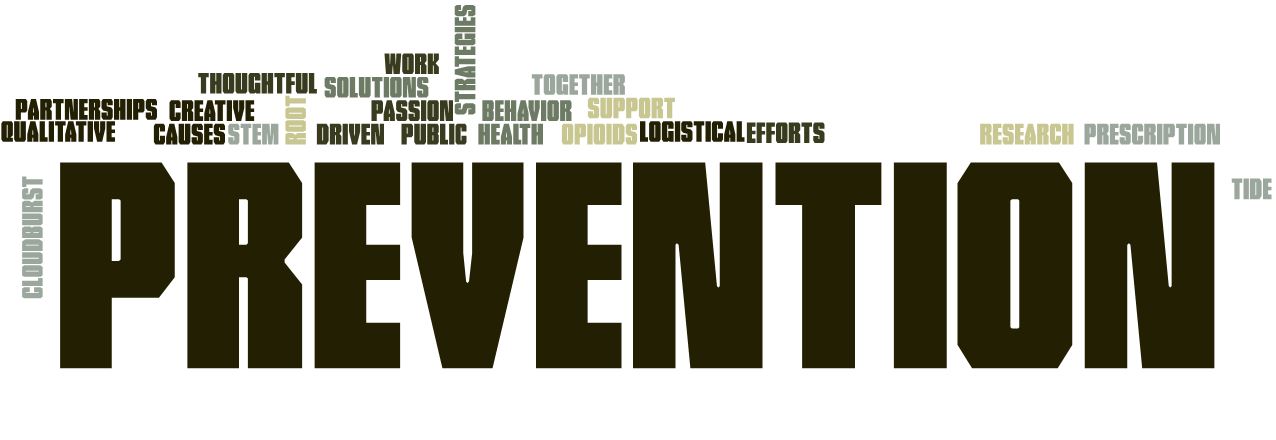Working on the Public Health team at The Cloudburst Group, I often see statistics on the insidious pervasiveness of addiction and the painful abuse of drugs. According to the CDC, overdose deaths from prescription opioids have quadrupled since 1999, claiming the lives of more than 183,000 people from 1999–2015. It can be hard to comprehend numbers like that without a visualization or until it hits home. For me, six is a more powerful number. In the past five years alone, I have seen half a dozen people in my life die from this epidemic.
“We need to look at what the root behavioural health causes are and how to address those.”
Six people, with six different faces of the epidemic showing through them. They were athletes and graduates with jobs and whole lives ahead of them—and now they are gone; part of the “spike in opioid deaths” headline that keeps coming up. But why does it have to keep being a headline? What are we doing to address this and stem the tide of deaths?
Opioids are small but pervasive, and their users can be any of us. Some of the worst cases are users that start on prescription drugs to treat injuries or chronic pain and turn to heroin as authorized prescriptions run out and addiction takes over. The fact is that if the opioid abuse epidemic does not have a direct impact on you or your family, then it probably has impacted someone you know.
The Center for Substance Abuse Prevention (CSAP) has a Partnerships for Success (PFS) program that provides eligible states and jurisdictions with funding so that state and local communities can focus on prevention work and start lowering the substance abuse rates statewide.
Another program exists under the Substance Abuse and Mental Health Services Administration (SAMHSA) in the form of their Grants to Prevent Drug/Opioid Overdose Deaths (PDO). As the name suggests, PDO grants focus on efforts to curb drug abuse and overdose deaths. We need to look at what the root behavioural health causes are and how to address those.
Ending an epidemic always involves a multi-pronged strategy that includes both prevention and intervention. One example of intervention is the Naloxone distribution program, operating under one of the PDO grants. It enables first responders to an active crisis scene to administer opioid antagonists to the patient—basically acting as an antidote in the system. With the rising opioid death toll, the importance of developing and implementing carefully thought-out strategies and creative solutions cannot be stressed enough.
At The Cloudburst Group, we offer logistical support to programs like PFS as well as providing qualitative research efforts, including data collection and analysis on opioid overdose prevention efforts across the nation.
Cloudburst’s work on PDO grants helps federal, state, and local governments measure and gauge the impact of the program’s effectiveness on local communities and sub-populations, as well as barriers and facilitators to program implementation, enabling the program to continue to strengthen the battle against opioid abuse. While no one person among us can end the opioid epidemic, as organizations, communities, and individuals, we can, however, educate ourselves about the crisis at hand and work together to end it.
– By Jake LaSala
Public Health Jr. Analyst and Housing Project Coordinator
For more information on our public health and prevention services, please contact Steven Sullivan, PhD.
<a href=”mailto:[email protected] “>Contact Dr. Sullivan</a>

